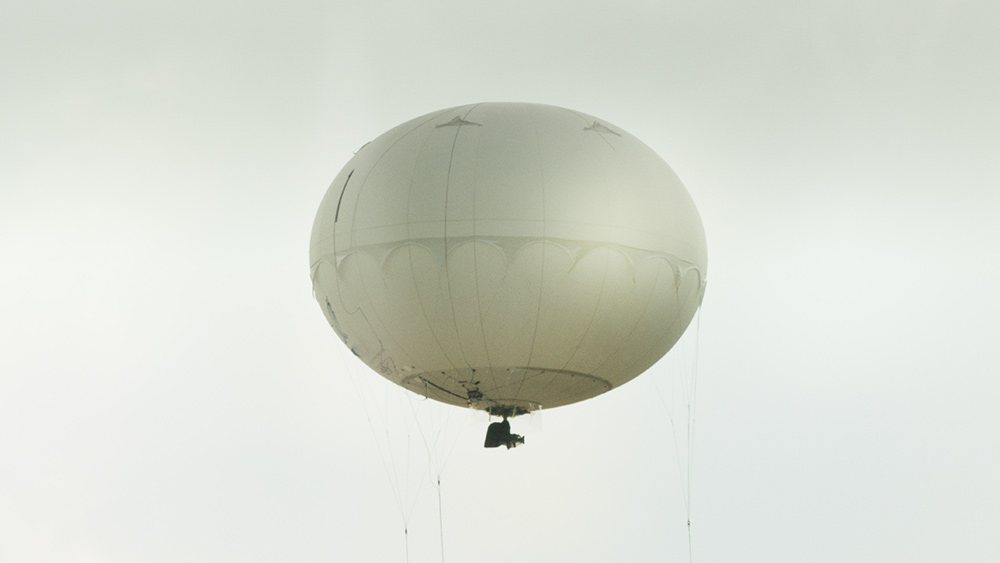De Palma’s strategies are comparable to the montage effects of postmodern art and writing, seeking to infiltrate the devices by which media rhetoric masks its contradictions. An image or text is a re-reading of other, already given textual fragment such that familiar signifiers are dislocated from their ‘naturalised’ referents and re-motivated towards alternative meaning-effects. Recognition of these fragments by the viewer signals a momentary estrangement from the illusionism of the image, and precipitates not a slippage into fantasy, as in the case of the photographer in Blow Up, but a consciousness of the film-as-text not reality. De Palma uses montage to deconstruct montage as a suturing device through an obsessive return to the film as artifice: Jack’s technical process of reconstruction; the staging of the fake mise-en-scene to discredit the Governor; the political cover-up itself; and Sally’s desire to be a cosmetician and the technique for ’fixing’ a make-up’, is her response to Jack’s comment that he couldn’t tell she was wearing make-up. Make-up and cover-up – the cover-up of a cover-up are metaphors of the suturing device of language that, as in conventional cinematic montage, render invisible both the body and the mask: a continuous movement of re-inscription and substitution by which ‘truth’ can never be located. Nevertheless, a reframing of the subject has come about in yet another mise-en-scene.
For art, if the truth of the subject is no longer to be found in the appearance of reality, then at least a kind of contingent truth may be sought in the reality of appearance: in truth as artifice. The return of the masquerade and the allegorical tableau vivant mark a return of the uncanny – the familiar made strange – and all that evades the pre-determinations of the conventional rhetoric of representation.
Blow Up, Stuttgart: Wurttembergischer Kunstverein, 1987.




